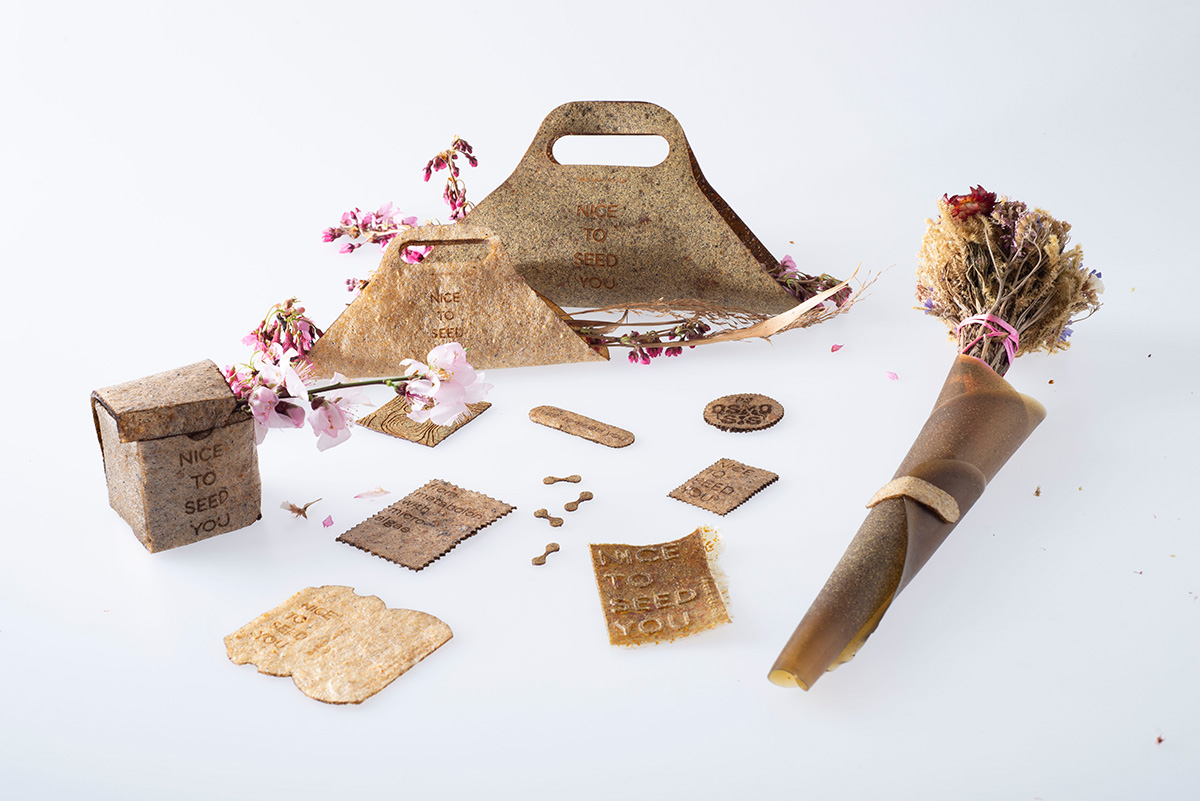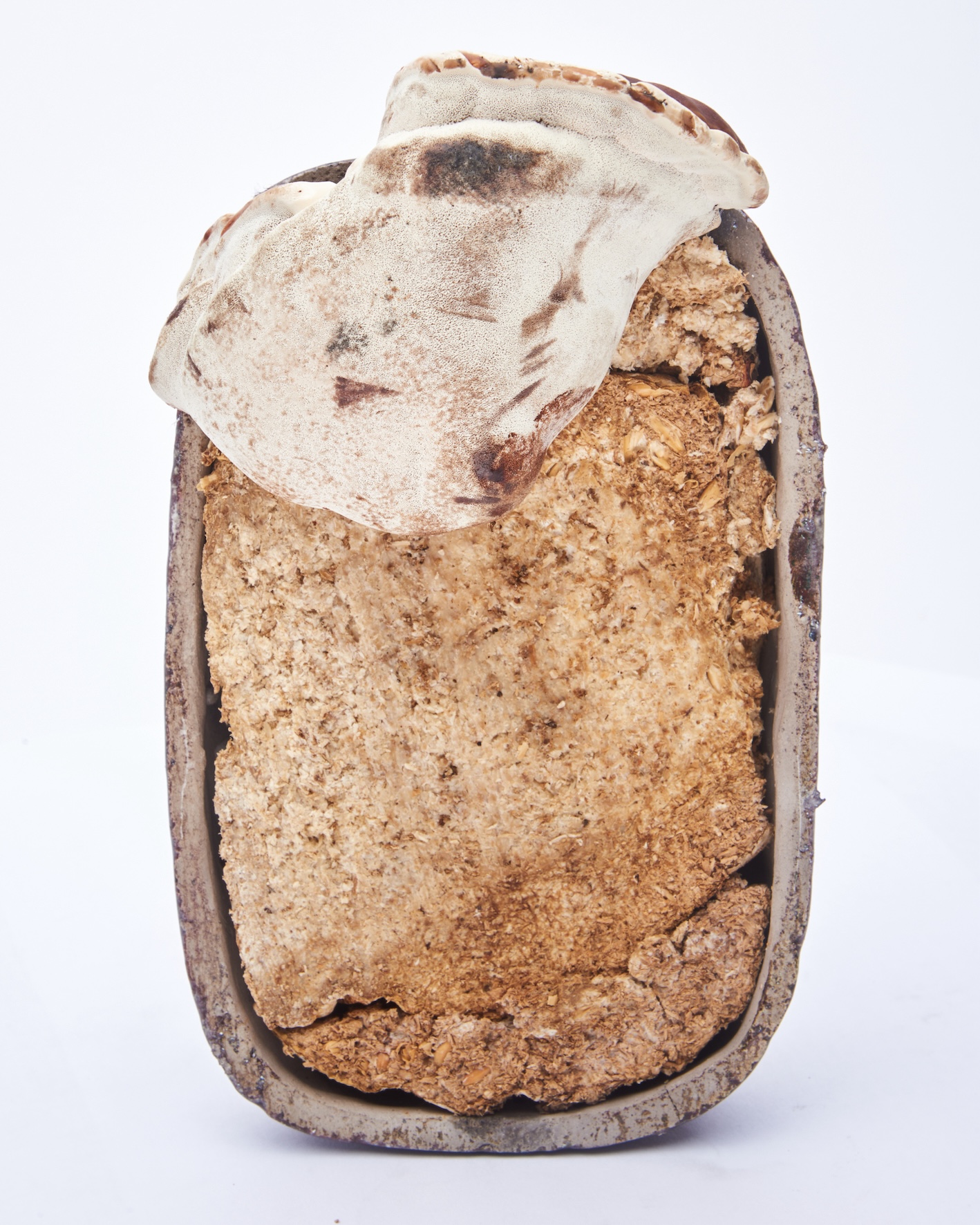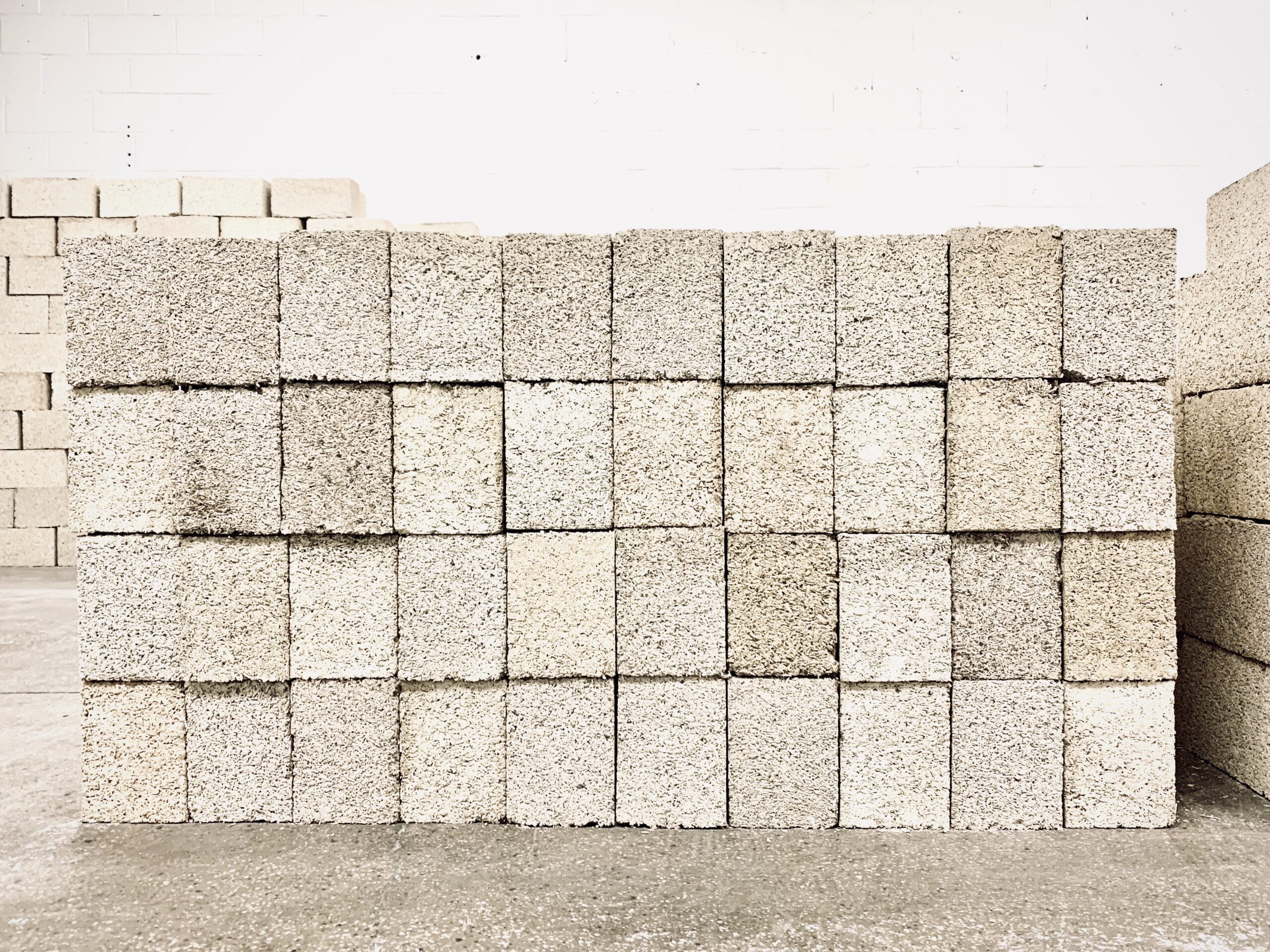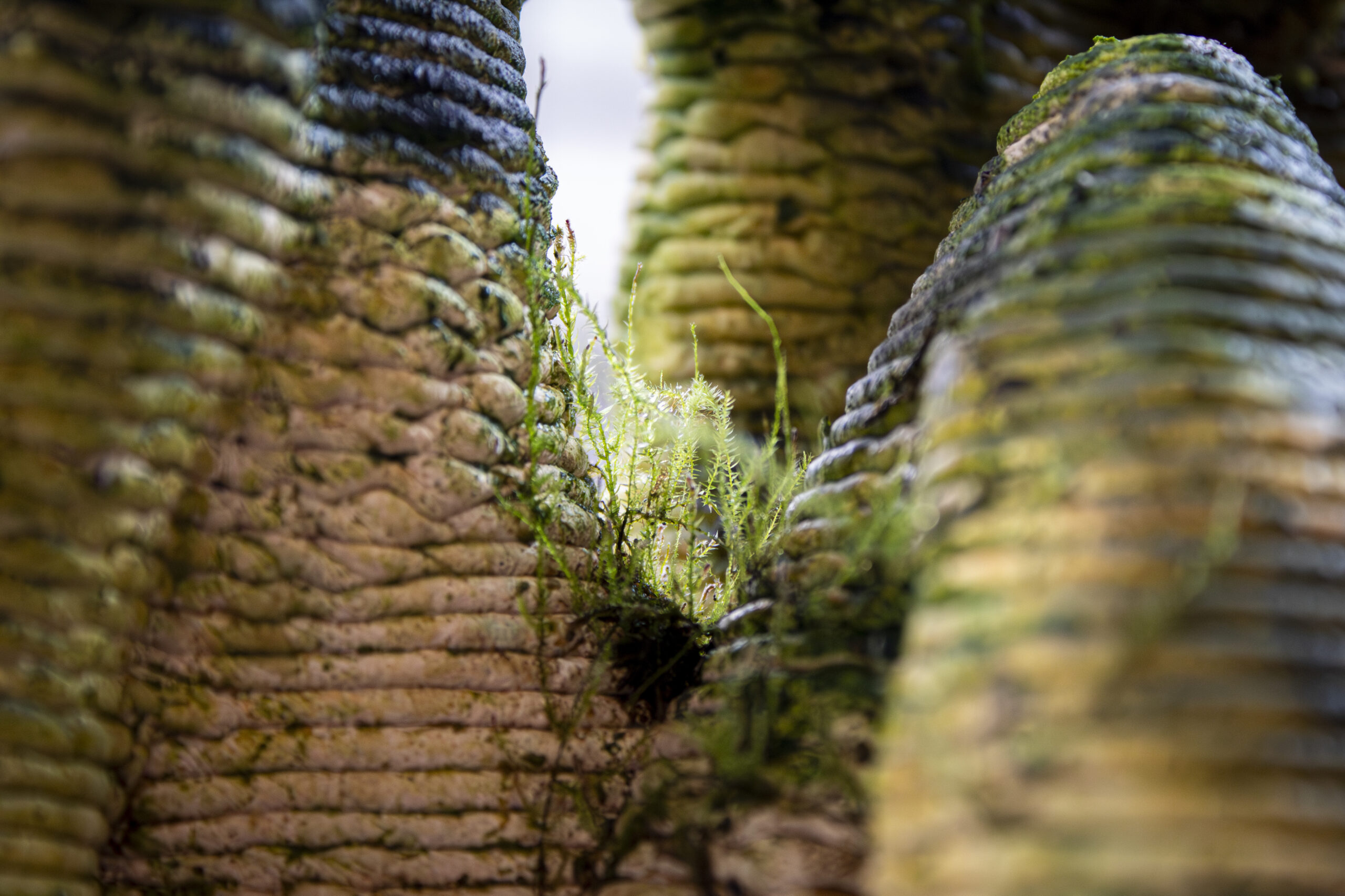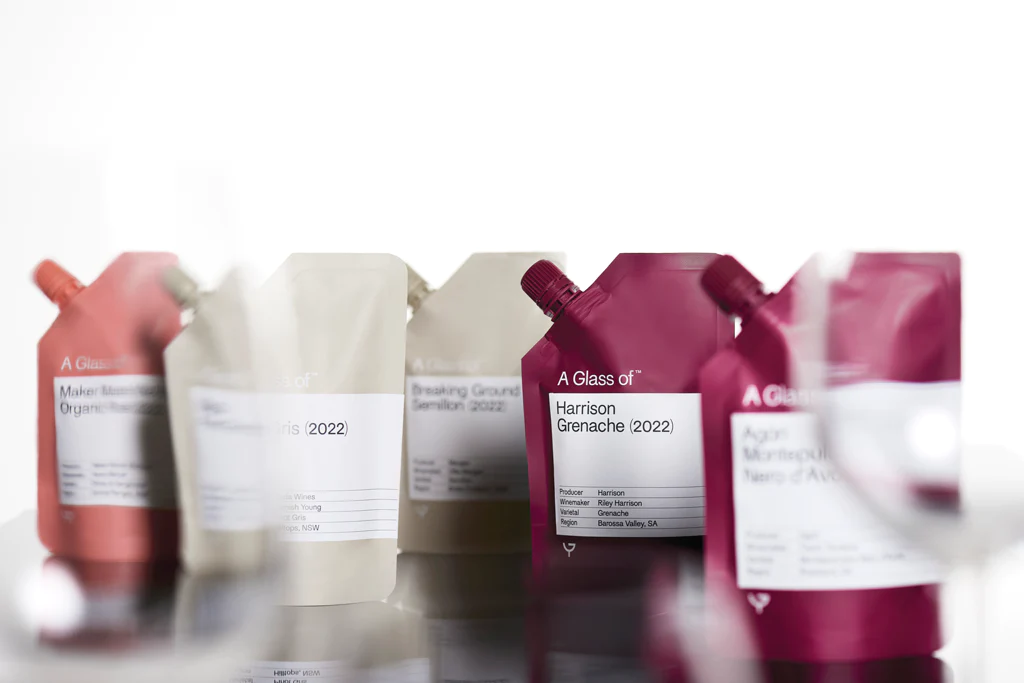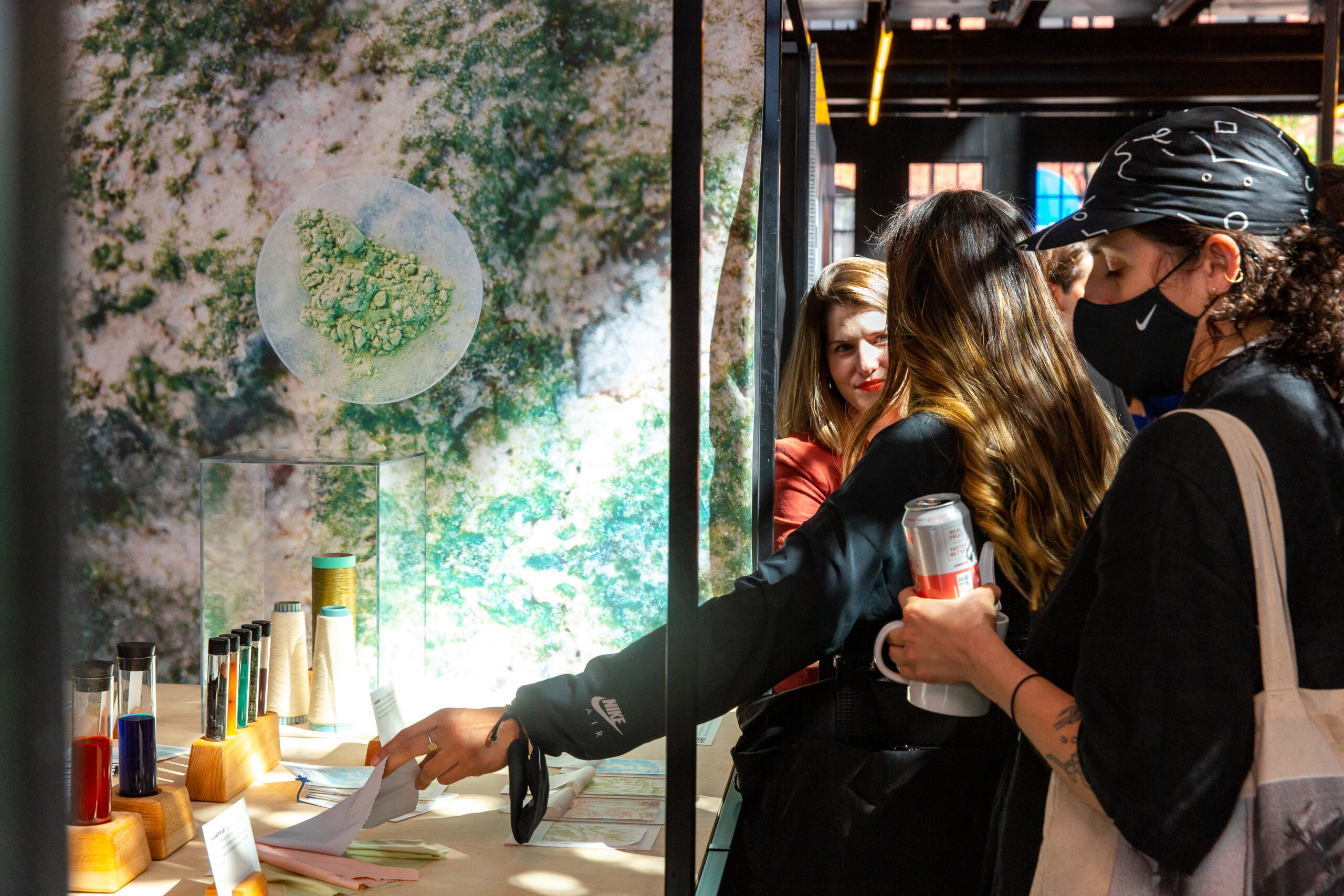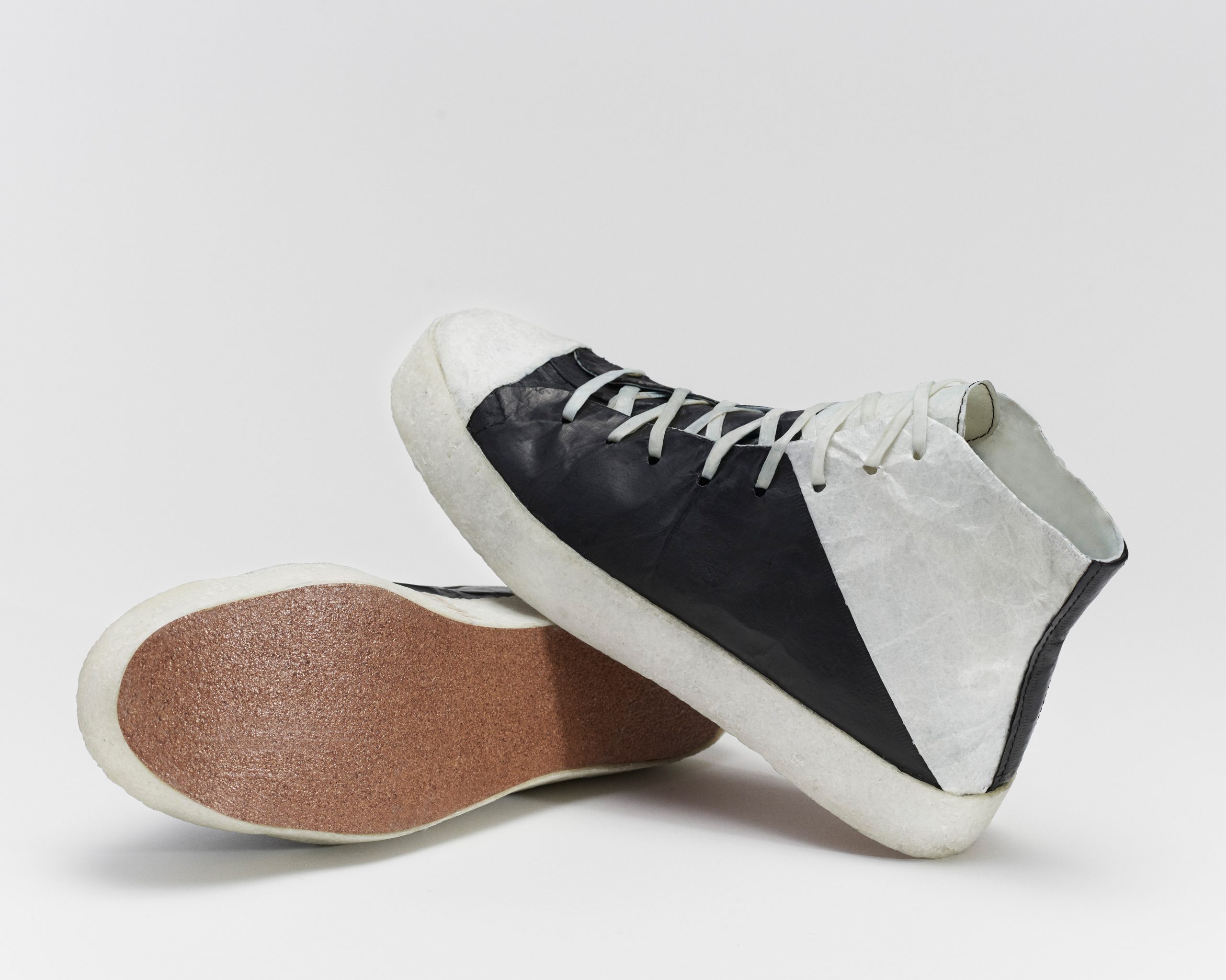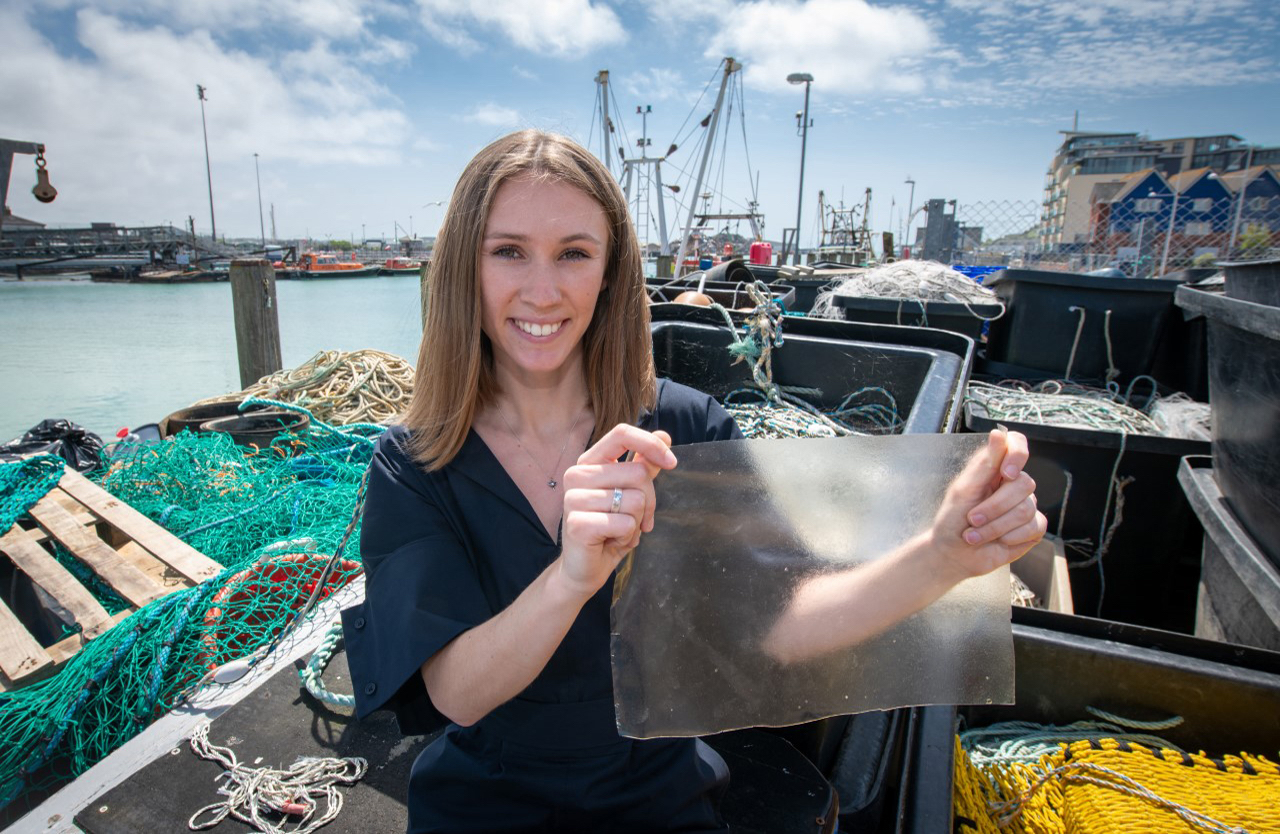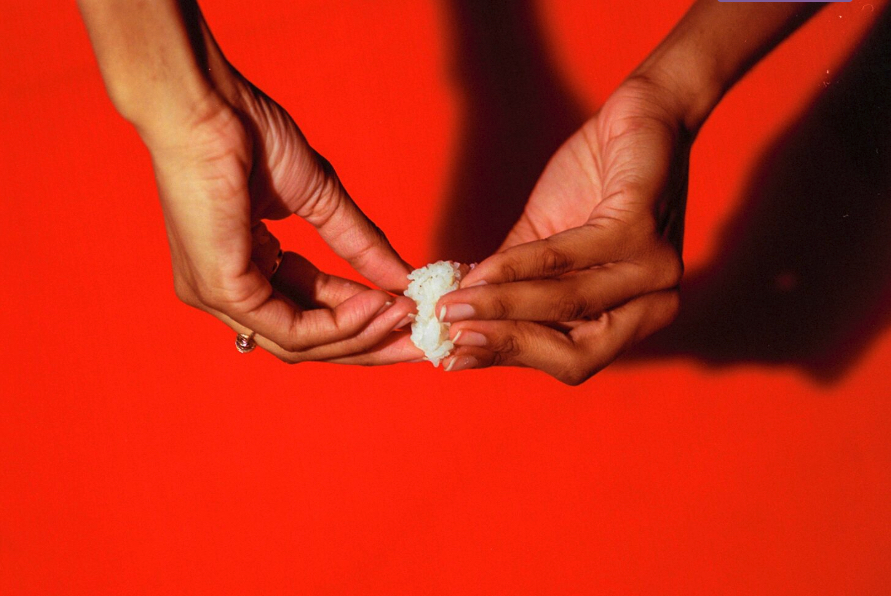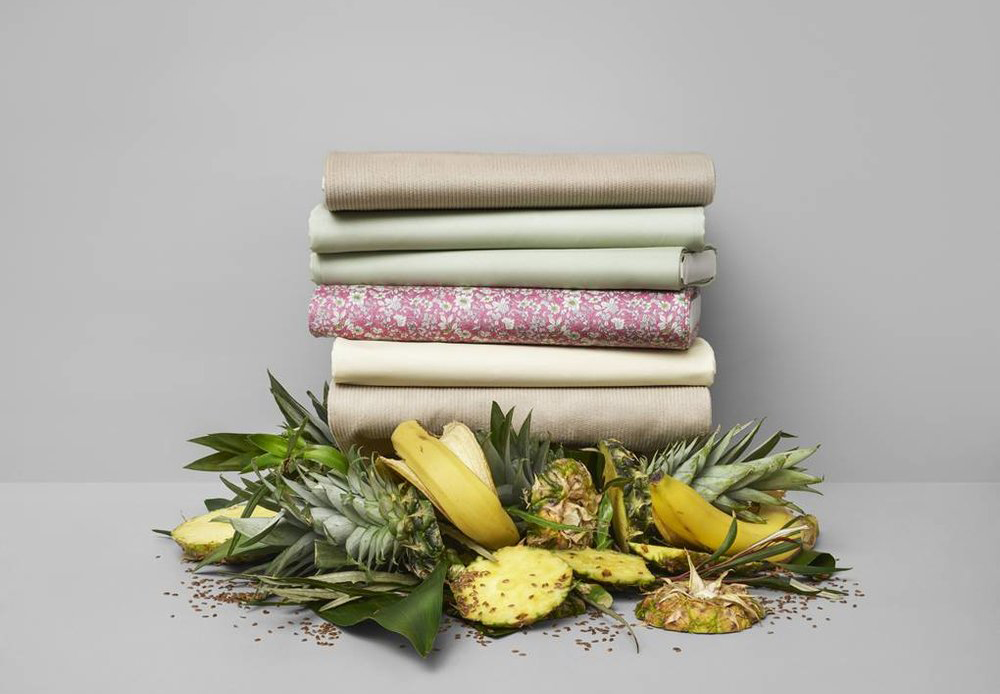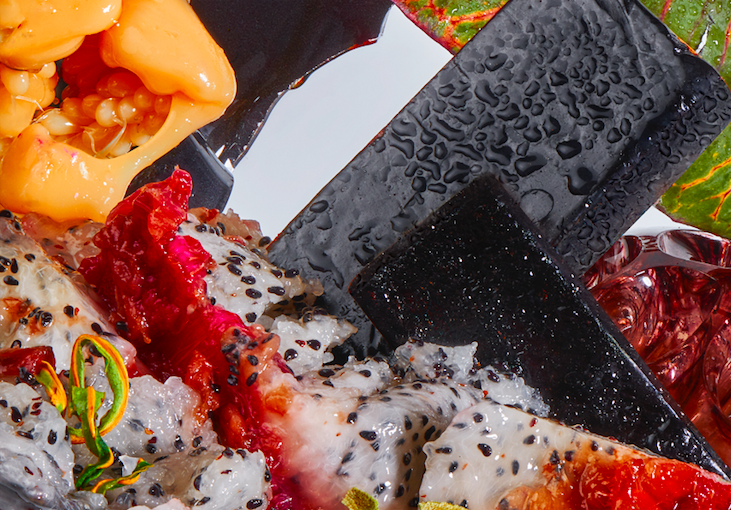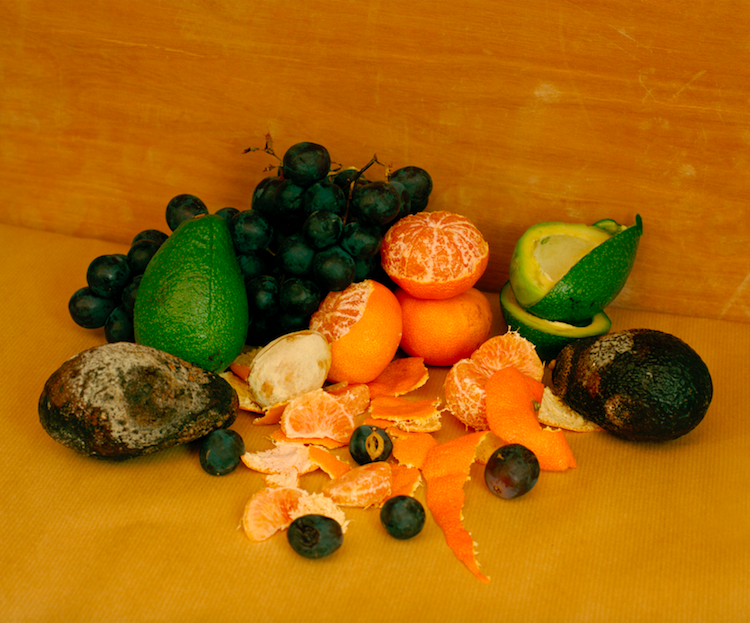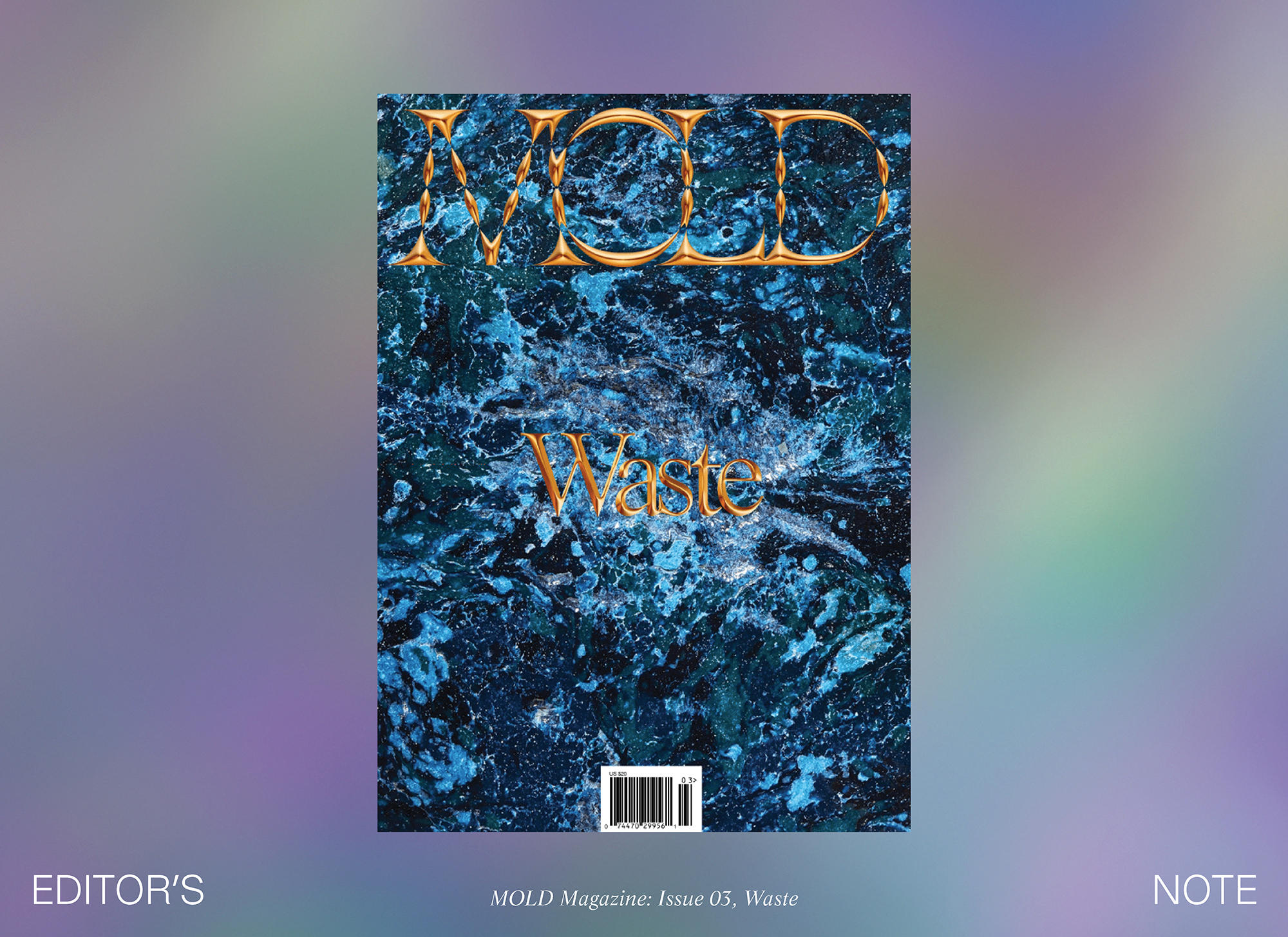This story is part of MOLD Magazine: Issue 04, Designing for the Senses. Order your copy of the full issue here.
The legal history of the lowly cannabis plant in the United States is one rife with cultural and political intrigue. From turn-of-the-20th-century prohibition to the Marihuana Tax Law (1937), escalating to the criminalization of all forms of its use under the Controlled Substances Act (1970) and Nixon and Reagan’s subsequent “War on Drugs,” regulation on medical, industrial and recreational use has been a persistent bellwether for cultural mores. And beginning with California’s Proposition 215 in 1996, attitudes across the country have started to shift in a new direction. Today, nearly every state has legalized medical use of cannabis, and an increasing number are joining ranks to regulate recreational use.
While farmers and scientists have made great strides in increasing the potency of cannabis strains and making cleaner vape-able isolates, the language and culture surrounding cannabis use is far from standardized and hasn’t evolved markedly since the “high priests of stoner culture,” Cheech and Chong, released their classic comedy Up in Smoke in 1978. Potency is still prioritized over perfume, tokability over taste, dankness over complexity, and getting high still supersedes the nuances of a controlled experience.

Dr. Avery Gilbert of Headspace Sensory is working to change that by creating a formal lexicon for the aromas and flavors of weed. After spending three decades as a smell scientist working across academia and industry and authoring a critically-acclaimed book on the science of smell, Gilbert founded Headspace to build an empirical language around the aromatics of cannabis. “Although the strains have become super refined to deliver certain things and people talk about aroma online and in reviews, it’s always considered just a single person’s opinion,” Gilbert explains. As a relatively recent Colorado resident—the state was one of the first to legalize recreational use—Gilbert saw an opportunity to combine his expertise and what he calls the “incredible weed scene here… it’s the Wild West.”
The goals for Headspace are threefold: (a) develop an initial olfactory lexicon for cannabis bud using standard sensory research methods; (b) determine whether there are measurable differences in aroma profiles among strains available on the retail market; and (c) determine whether strain-specific aroma profiles can be linked to consumer perceptions of product quality.
As a starting place for building a language for cannabis aromas, the company has been conducting a series of rigorous blind studies where volunteers sniff unlabeled samples and select aromatic descriptions from a lab-provided list for various strains. From there, Gilbert looks for descriptors commonly selected across the group of participants. Notably, Gilbert is focusing these studies on non-ignited plant material, for which “aroma” is a category in industry competitions. “My focus has been on dried flower bought through dispensaries and mainly on sensory perception of untrained consumers,” Gilbert explains, although the participants in the studies also include a large number of individuals working in other sense-based industries like craft beer, which is big business in Fort Collins, where his company is headquartered.
Once an empirical language is established, Gilbert plans to make a cannabis aroma wheel that would package and disseminate a standardized vocabulary, like the ones that exist for other consumables including coffee, beer and wine. But cannabis is a rarer thing, bridging the gap between pleasure and medicine: although the wheel is an imperfect tool, because it implies completeness in its closed, circular form, it’s a good place to start. With more empirical language around the plant, professionals and consumers alike can more easily become authorities on their favored strains and the scope of possibility, and medical patients can become connoisseurs of their own medicine. Further, it will help a growing community of weed enthusiasts to draw their own conclusions around the relationship between a strain’s scent and its physiological effects. Although there does exist a direct link between terpenes, the primary aromatic compounds in cannabis, and how a strain makes a person feel (sleepy or energetic, for example), Gilbert notes that this is still widely misunderstood and speculates that, “The terpene content comes along with THC, which you could probably breed separately, as in the case of tomatoes.”
Beyond the aroma wheel, the potential ramifications of Headspace’s research are widespread. Gilbert’s past work as a consultant will inform the company’s approach with brands who want to hone in on their consumer base and their brand, through fragrance and flavor. “The cannabis world can learn a lot from the perfume industry,” Gilbert believes. Through his multisensory research design consultancy, Synesthetics, Gilbert has helped businesses use smell to create a sense of consistency and reliability while communicating a sensory story to their customers. This has included helping large chain-based retail businesses (think K-Mart, The Gap, Bath & Body Works) establish a universal smell to their stores. Though you may not realize it, when you walk into one of these places you’re not just smelling the products they’re selling—you’re smelling a scent that’s been carefully selected and discretely aspirated through the store.
With fragrance comes flavor, and edibles are an obvious place to apply the work of Headspace Sensory. The window for most consumer edible experiences typically opens and closes with cannabutter or brownies, but it’s no secret that professionally-trained chefs and passionate entrepreneurs are pushing expectations around cannabis cuisine. For a dive into the burgeoning culture, look no further than Oregon-based Laurie Wolf, “the Martha Stewart of marijuana edibles,” according to The New Yorker, and any of her four award-winning books on cooking with cannabis, or watch an episode of Vice’s Bong Appétit, which aims to educate the public on different ways to use cannabis and concentrates in cooking beyond the “hashish fudge” recipe most famously gifted by Alice B. Toklas.

Beyond the current roster of candies, THC-packed sodas, and other sweets that make up the edibles section at your local (or not local) dispensary, Gilbert predicts spice blends (masala, Chinese five spice, jerk seasoning or…hot sauce?) that incorporate and reflect the complex aromatics of weed will become a more compelling, consumer-friendly and thoughtful way to eat your dose and control it too. “We have spices that make things ‘Greek’ or ‘Italian,’ and there have also been cultural uses of cannabis as food,” Gilbert notes, “like mashed up leaves in lassi or a yogurt with other spices that are potent—cinnamon, cardamom, etc.—and work with the flavor of cannabis in places like India.”
In terms of appreciation and connoisseurship, Gilbert speculates that the current industry is still in its nascent stage. “I’m waiting for the market to turn to start talking about the aesthetics of weed,” he says, rather than focusing so heavily on potency. In a recent study done in conjunction with a university studying the genetics of strains, Gilbert collected samples of one strain from ten different dispensaries and noticed a few outliers that looked “weird,” he described. Did those outliers smell different? The answer was yes. “What I’m establishing now is that the human nose is good enough to detect fragrance differences associated with genetic differences in the strain,” he concluded. Even terroir, the idea that the taste of something is specific to the place it comes from, is a concept that’s beginning to seep into cannabis. Until recently, talking with specifics about where something was grown was impossible, or at least inadvisable for legal reasons, but now California is on the precipice of establishing a wine-like map of the subregions of Mendocino County, one of the country’s cannabis-growing hot spots.
By building empirical language around consuming this plant, we can expect to see a more varied and interesting cannabis industry that serves more people in a more holistic way. Surely, the cannabis industry will forge its own path that looks different from wine, beer, cheese or coffee, and in the meantime, Headspace Sensory is laying a fragrant foundation for a more flavorful future.
